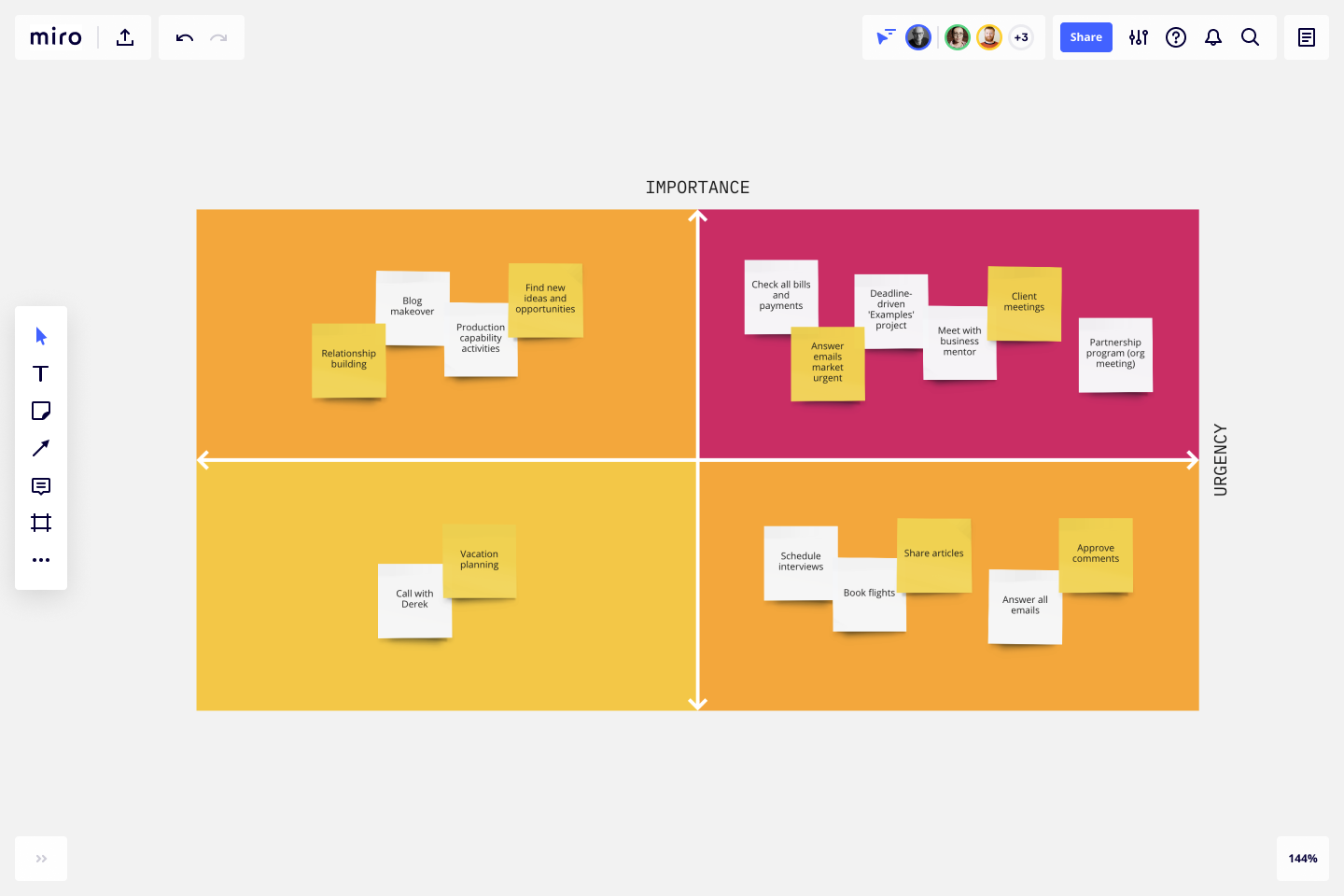

#Priority grid template free#

Quadrant 2 (Do Later, Schedule, Plan): tasks that are essential but not urgent and can be scheduled.Think of an item with a deadline of today, a task that will have a detrimental effect if not completed immediately, or tasks from Quadrant 2 that have become urgent. Quadrant 1 (Do, Do Now, Do Today): tasks that must be done first, now, or today.When it’s time to decide which quadrant to add your tasks to, these details should help you sort the items on your list. Place your tasks in their quadrants and simply get to work on them. Not Important and Not Urgent (Quadrant 4): tasks that are neither urgent nor important and shouldn’t be done at all.īy using this task management method, you’ll stop trying to decide which task to tackle first, as the matrix handles that for you.Not Important and Urgent (Quadrant 3): tasks that are urgent but not important and should be delegated to others.Not Urgent and Important (Quadrant 2): tasks that are important but not urgent, so they can be done later.Urgent and Important (Quadrant 1): tasks that should be done first and by the end of the day.Tasks are placed into the quadrants corresponding to their levels of urgency and importance.Īlthough you may see variations in the wording, the concept remains the same. Where each column and row meet, you have a quadrant, giving you a total of four. There are two columns and two rows in the grid. Sometimes referred to as an Urgency-Importance Matrix or Priority Matrix, the Eisenhower Matrix organizes tasks in an eas-to-manage grid structure. The urgent are not important, and the important are never urgent. I have two kinds of problems: the urgent and the important.

This technique helped him, and now us, prioritize tasks based on urgency and importance. This led him to invent the Eisenhower Principle for managing his workload. Eisenhower.Īs both a political and military leader, he had many important tasks to accomplish each day. As you may have guessed, the name Eisenhower Matrix is derived from the 34 th President of the United States, Dwight D.


 0 kommentar(er)
0 kommentar(er)
